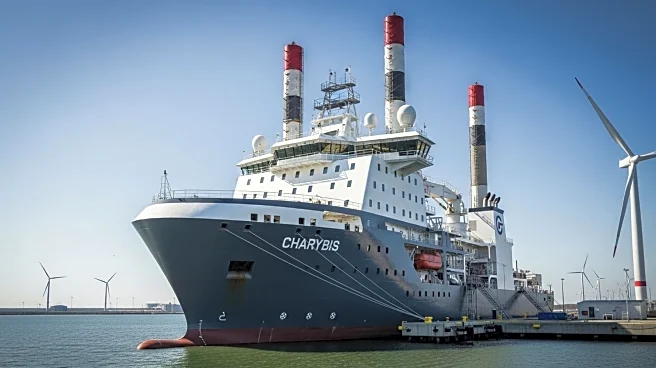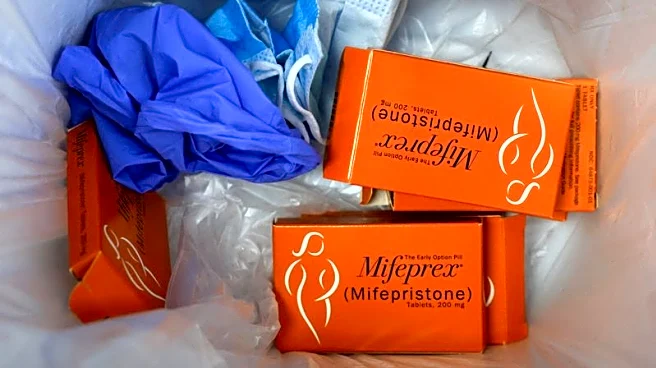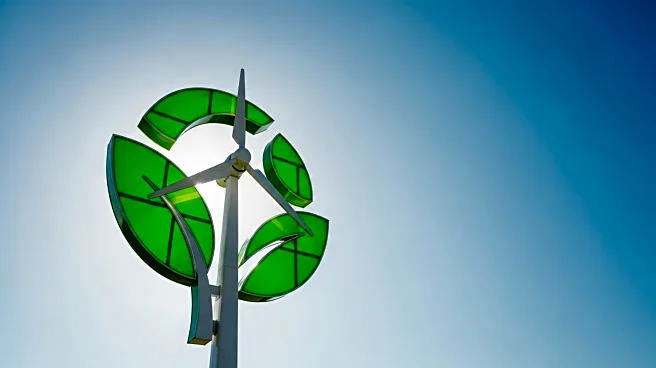What's Happening?
Researchers from ETH Zurich, Texas A&M University, Hamad Bin Khalifa University, Canadian Light Source Inc., and the Paul Scherrer Institute have won the 2025 Gizmodo Science Fair for their innovative approach to extracting lithium-6, a crucial fuel for nuclear fusion. The team developed an electrochemical process that efficiently separates lithium-6 from oil field wastewater, using a negatively charged zeta vanadium oxide electrode. This method, described as 'like a battery in reverse,' allows lithium-6 ions to be trapped while heavier lithium-7 ions pass through. The process could potentially produce enough lithium-6 for nuclear fusion within 25 four-hour cycles, offering a sustainable alternative to the outdated and environmentally harmful methods previously used.
Why It's Important?
Lithium-6 is essential for producing tritium, a rare isotope of hydrogen used in fusion reactions. The United States currently relies on a dwindling stockpile of lithium-6 sourced using a banned method involving toxic mercury. The new technique developed by the research team offers a cleaner, more sustainable way to obtain lithium-6, which is critical for advancing nuclear fusion technology. This breakthrough could significantly impact the nuclear energy sector by providing a reliable supply of lithium-6, thereby supporting the development of fusion energy as a viable and environmentally friendly power source.
What's Next?
The research team is focused on refining the technology and bringing it to market. In Switzerland, efforts are underway to enhance the design, while business planning is being led in Texas. The primary goal is to advance isotope separation technology to provide high-purity lithium-6 and -7 for fission and fusion applications. This development aligns with the growing interest in nuclear energy, suggesting a promising future for the technology in addressing supply chain challenges and supporting the nuclear energy sector.












